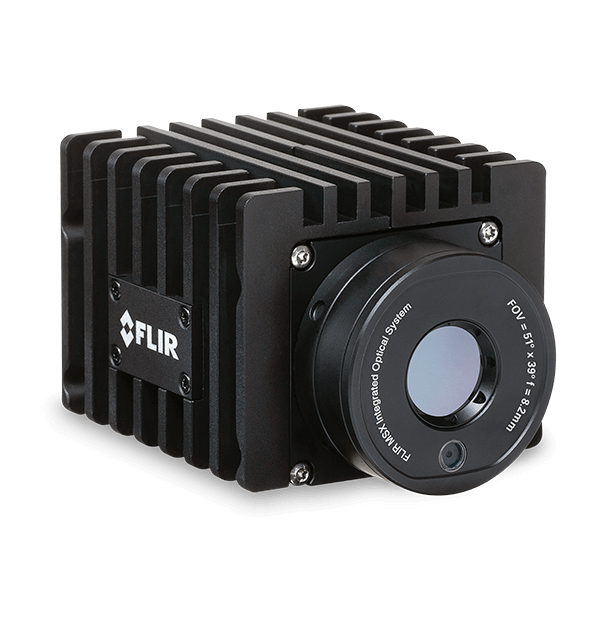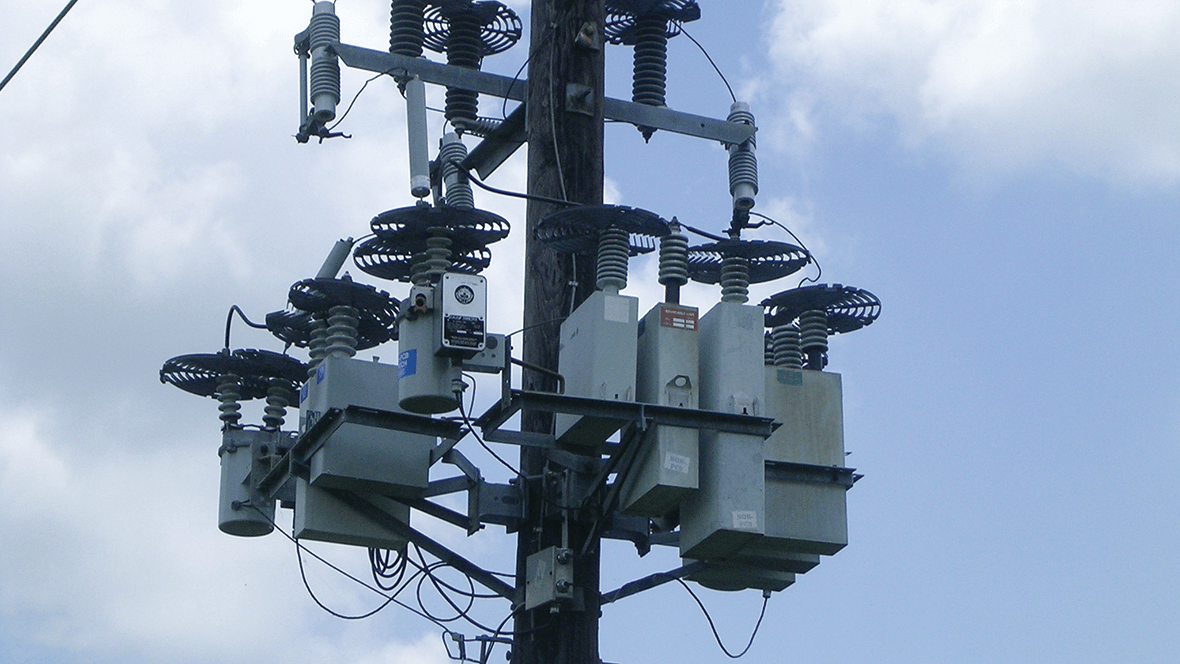Condition Monitoring Improves Reliability of Electrical Power Systems

Electric power utilities are faced with an aging infrastructure, increasing risk of drops in voltage—leading to a brownout—or system failure—causing a blackout. Unplanned maintenance on these systems is expensive, leading many companies to search for ways to detect impending failures before they happen. Through continuous condition monitoring, utilities can spot problems early and schedule maintenance appropriately, improving system reliability while reducing costs.
Using a fixed thermal imaging camera to monitor critical equipment at substations and throughout the electrical grid can help maintenance crews respond to problems early when they're easier to fix. For example, transformer fluid leaks or internal insulation breakdown cause overheating that may lead to a cascade of failures, but many utilities don’t have automated thermal detection systems that reveal these problems. The result can be a massive power failure affecting commercial businesses, manufacturing, public works, and traffic control systems. Of course, an electric utility involved can lose huge amounts of revenue and incur enormous costs in getting their systems up and running again.


High voltage equipment tends to heat up before it fails; continuous condition monitoring with a fixed thermal imaging camera can help power utility companies spot impending failures before they happen.
Substation components that heat up as a precursor to failure include:
- Power transformers (oil levels and pump operation)
- Load tap changers (oil levels, other internal problems)
- Lightning arrestors (degradation of metal oxide disks)
- Circuit breakers (oil or SF6 leakage)
- Mechanical disconnects (bad connections, contamination)
- Control cabinets (wear and tear on fans, pumps, and other components)
Detection of temperature increases in these components with thermal imaging cameras allows preventive maintenance operations before an unplanned outage occurs due to outright failure.
While most electric utilities already use handheld thermal imaging cameras to regularly survey substation equipment, many are now installing fixed thermal camera systems to provide 24/7 monitoring. Smart cameras designed with edge computing for alarms and analytics, such as the FLIR A70 Advanced Smart Sensor Camera, offer a simplified solution.

These systems employ advanced sensing and measurement technology, control methods, and digital communications. They can anticipate, detect, and rapidly notify maintenance crews of any impending problems, thereby reducing the chance of system failures, blackouts, and loss of productivity.
Just one example: a large European utility company discovered a hot bushing rod in a substation transformer and repaired it for around $1400. A similar problem that occurred before the firm instituted its thermal imaging program resulted in a catastrophic failure, costing more than $2.7 million.
Click to learn more about FLIR A50/A70 Smart Sensor Fixed-Mount Cameras or contact a FLIR expert for more information.


